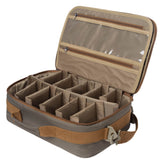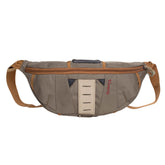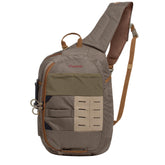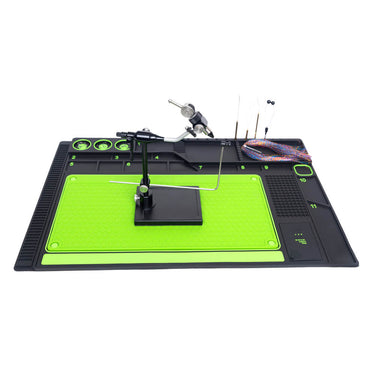Angling for Roach: The Art of Fly Fishing
Fly fishing for roach (Rutilus rutilus) is an unconventional but exciting approach to targeting this common European coarse fish. While roach are typically caught using bait or lure tactics, fly fishing can be highly effective—especially in shallow, clear waters during warmer months when roach feed on insects at the surface. Here’s how to do it:
1. Understanding Roach Behavior
Feeding Habits: Roach are omnivorous but favor small invertebrates, insects, and plant matter. In summer, they often rise to take flies off the surface.
Preferred Habitat: Look for roach in slow-moving rivers, canals, lakes, and ponds—especially near weed beds, overhanging trees, or shallow margins.
Best Conditions: Warm, overcast days with light winds are ideal. Early morning or late evening (dusk) are peak feeding times.
2. Fly Fishing Tackle for Roach
Rod: A light 2–4 weight fly rod (7–9 ft) is perfect for delicate presentations.
Reel & Line: A floating line (WF or DT) with a light reel. No need for heavy backing—roach won’t make long runs.
Leader/Tippet: Use a long, fine leader (9–12 ft) tapered to 3–5X (4–6 lb) to avoid spooking fish.
3. Best Flies for Roach
Roach respond well to small, natural patterns that imitate their prey:
Dry Flies:
CDC Dun (Size 14–18)
Black Gnat (Size 16–18)
Adams Parachute (Size 14–16)
Wet Flies/Nymphs:
Pheasant Tail Nymph (Size 14–18)
Hare’s Ear Soft Hackle (Size 14–16)
Emerger Patterns (e.g., RS2 in olive/gray)
Terrestrials (in summer):
Ants (black/red, Size 16–18)
Small Beetles or Grasshoppers (if near vegetation).
4. Techniques
Dry Fly Fishing: Cast near weed beds or overhanging branches. Let the fly sit naturally; roach often sip flies gently.
Nymphing: Use a slow retrieve or let the nymph swing in the current. Strike at any hesitation in the line.
Sight Fishing: In clear water, watch for roach rising or cruising near the surface—target individual fish.
Lift Method (for wary fish): Let a wet fly sink, then lift the rod tip to imitate a rising insect.
5. Playing & Landing Roach
Roach have delicate mouths—avoid hard strikes. Use a smooth, steady retrieve.
Keep tension light; they’ll often shake the hook if pressured too hard.
A small, barbless hook makes release easier (roach are often caught for sport).
6. Challenges
Selective Feeding: Roach can be picky—if they refuse your fly, downsize or switch patterns.
Light Bites: Their takes are subtle—watch for tiny swirls or leader movement.
Spooking: Roach are easily scared—approach quietly and avoid heavy shadows.
Bonus Tip: Chumming
In still waters, scattering a few maggots or bread crumbs can attract roach to your fly zone. This works well in ponds or canals.
Fly fishing for roach is a fun way to test your skills with light tackle and subtle presentations. While not as powerful as trout or chub, roach offer a delicate challenge and are perfect for beginners or finesse anglers. Tight lines! 🎣















